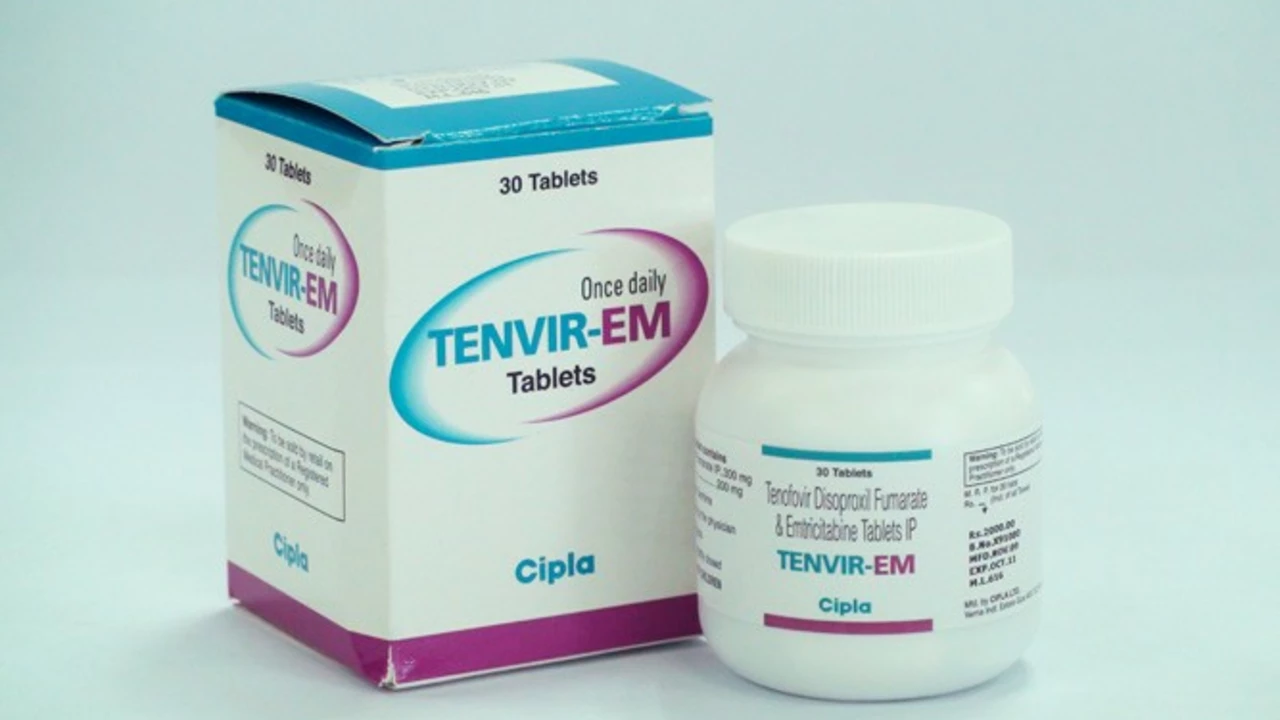Tenofovir — what it does and why people choose it
Tenofovir is one of the most used antiviral drugs today. You’ll find it in HIV treatment, in pre-exposure prophylaxis (PrEP) to prevent HIV, and as a therapy for chronic hepatitis B. There are two main forms: tenofovir disoproxil fumarate (TDF) and tenofovir alafenamide (TAF). Both work against the same viruses, but they behave differently in the body. That difference matters for side effects and who should use which form.
How tenofovir is used
For HIV, tenofovir is usually part of a combination tablet taken once a day. For PrEP, people commonly take a daily tablet (TDF/emtricitabine) to lower the risk of catching HIV. Some people use an on-demand option (2-1-1) with TDF/FTC for sexual exposure — check current local guidance before trying that. For hepatitis B, tenofovir helps control the virus long term and often requires regular monitoring.
TAF is a newer version. It gets into immune cells more efficiently, so lower doses work. That typically means less drug in the blood and lower risk of kidney and bone problems compared with TDF. But TAF can raise blood lipid levels a bit more. Doctors pick the version based on your kidney health, bone health, weight and other meds you take.
Safety, side effects and simple monitoring
Common short-term side effects are mild: nausea, headache, or tiredness. The bigger long-term concerns are kidney and bone effects, especially with TDF. That’s why providers check blood creatinine and phosphate before starting and periodically after. If you have existing kidney disease, TAF is often preferred because it’s gentler on kidneys and bones.
Practical safety tips: take your pill about the same time every day. TAF is usually taken with food to help absorption for some formulations; follow your prescription instructions. Avoid mixing tenofovir with other medicines that can harm kidneys, like certain NSAIDs or some chemo drugs, unless your doctor agrees and monitors you closely.
If you miss a dose, take it as soon as you remember unless it’s almost time for the next one — don’t double up. Good adherence matters: skipping doses raises the chance of treatment failure or drug resistance. If you notice decreased urine output, unusual bone pain, or sudden swelling, contact your clinic — these are signs your provider will want to check.
Pregnant people often use tenofovir as part of safe treatment plans for HIV and hepatitis B. If you’re pregnant or planning pregnancy, tell your provider — they’ll pick the best option and monitor you. Tenofovir is widely available as generic formulations in many countries, which keeps costs down and access higher.
Want a quick takeaway? Tenofovir is effective and flexible, but the choice between TDF and TAF depends on kidney and bone health, other meds, and your personal risk factors. Talk openly with your clinician about monitoring, side effects, and how to stick to your plan — that’s the best way to get safe, lasting results.

